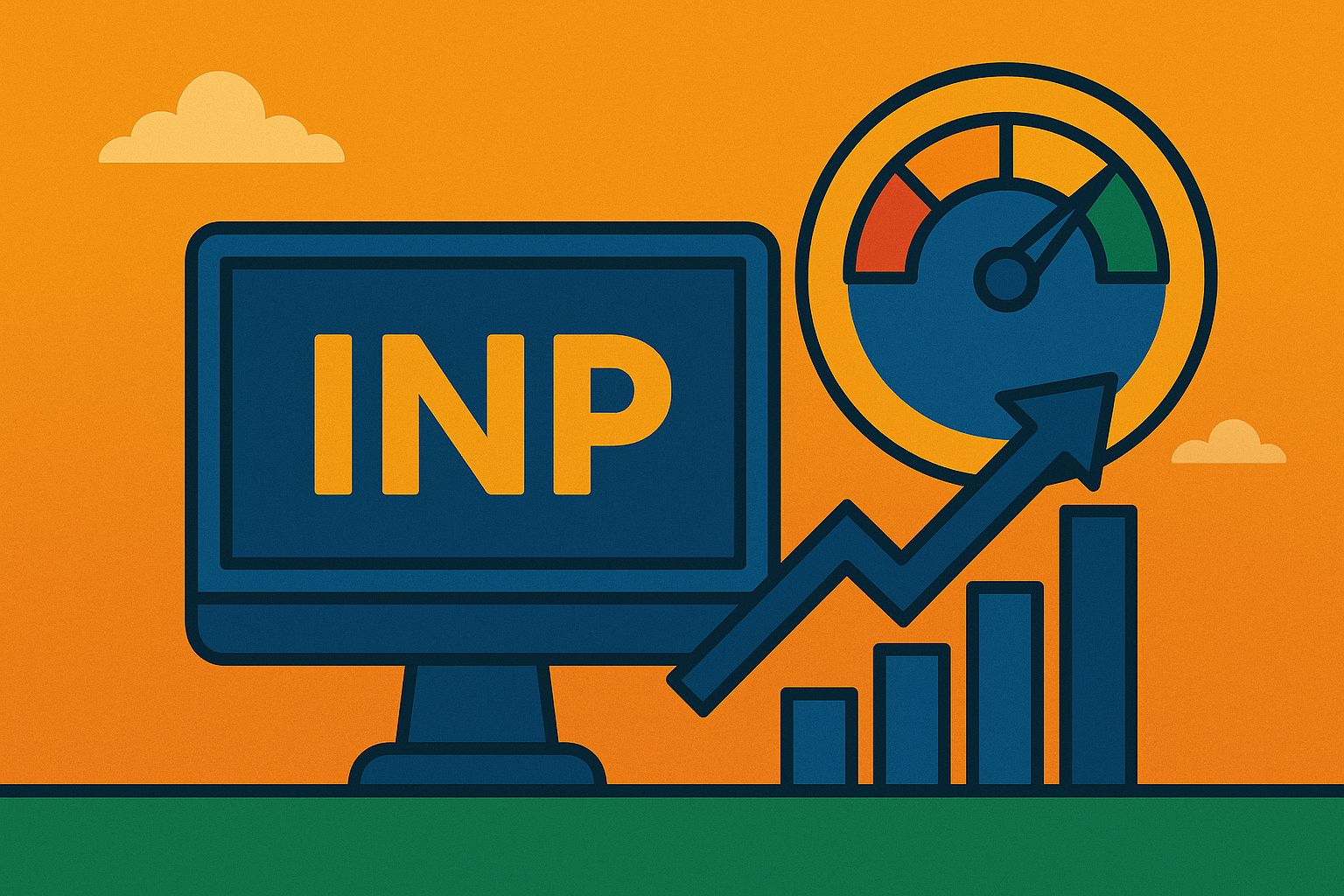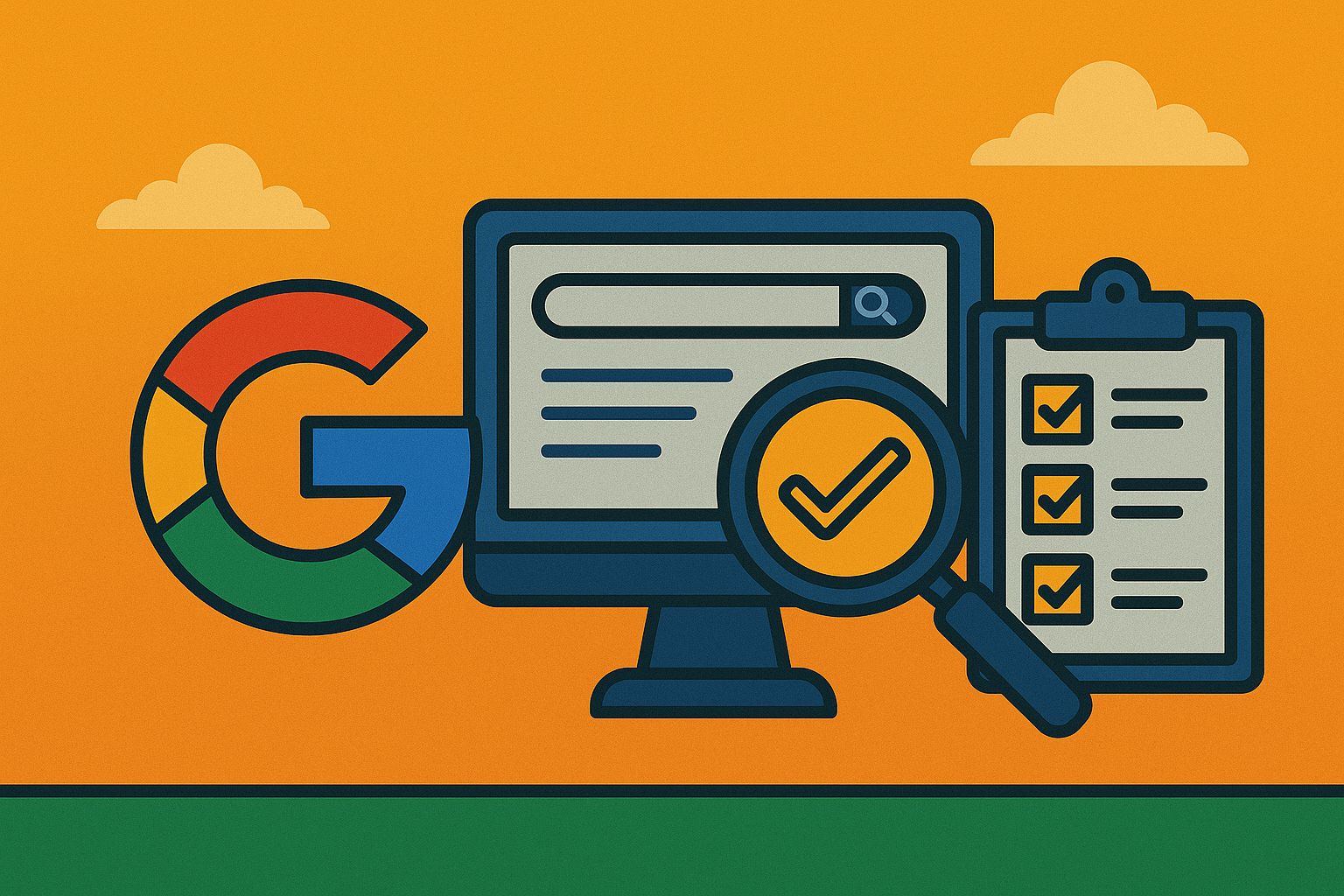In the highly competitive and ever-evolving world of B2B SaaS, startups face a unique set of challenges that demand innovative solutions and strategic foresight. Establishing a competitive edge and ensuring sustainable growth are not just goals; they are imperatives that define the trajectory of your business. This article explores comprehensive strategies to help B2B SaaS startups not only survive but thrive in a crowded marketplace. The first step in understanding the market landscape is identifying where opportunities lie. This requires thorough research to uncover trends that are driving demand in your sector. For example, if you are offering a SaaS solution for remote work management, it would be important to understand how trends like telecommuting and distributed teams are shaping potential customer needs.
Customer Identification and Segmentation
Identifying and segmenting your target audience is crucial. You should consider factors such as industry, company size, geographic location, and the specific challenges that these segments face. By understanding these facets, you can tailor your marketing and product development to better meet the needs of your prospective customers.
- Industry specific Needs: Different industries have unique challenges and requirements. A healthcare provider may need compliance with specific regulations that a retail business does not.
- Company Size Variations: The needs of small businesses versus large enterprises can vary significantly. Smaller companies might prioritize cost-efficiency and ease of use, while larger organizations might focus on scalability and integration capabilities.
1.Competitive Analysis
A thorough competitive analysis will not only help you understand who your competitors are but also provide insight into their strategies, strengths, and weaknesses. This analysis should go beyond just identifying other SaaS products in your space to include:
- Feature Comparison: Detail which features your competitors offer and identify any gaps that your product could fill.
- Pricing Strategies: Understand the pricing models of your competitors to help position your own pricing competitively.
- Market Positioning: Look at how competitors position themselves in the market. Are they branding themselves as a premium service, or are they competing on price?
- Customer Reviews and Feedback: Analyzing what customers are saying about your competitors can provide valuable insights into what users value and what pain points remain unaddressed.
2.Utilizing Market Research Tools
Leverage market research tools like surveys, focus groups, and industry reports to gather data. Tools such as Google Trends, industry-specific databases, and analytics platforms can provide quantitative data that supports your market understanding.
- Surveys and Interviews: Direct feedback from potential customers can unveil new insights about their needs and how well current solutions are meeting these needs.
- Industry Reports: Reports from research firms can provide high-level insights into market trends, growth forecasts, and technological innovations that could impact your business.
3.Regulatory and Technological Trends
Understanding both regulatory and technological trends is crucial in the SaaS industry, where compliance and technological advancement can significantly impact product development and market opportunity.
- Regulatory Considerations: For SaaS products in sectors like finance or healthcare, understanding regulatory requirements is crucial for ensuring compliance and avoiding legal pitfalls.
- Technological Advancements: Keeping an eye on emerging technologies such as artificial intelligence, machine learning, and blockchain can offer opportunities for innovation within your product offerings.
Building a Strong Value Proposition
A compelling value proposition is central to attracting and retaining customers. It succinctly describes why your product is the best choice for potential clients and outlines the unique benefits your solution offers. To develop a robust value proposition, focus on specific outcomes that resonate with your target audience, such as increased efficiency, cost reduction, or revenue growth.
- Highlighting Unique Features
Your value proposition should clearly highlight the features that set your product apart from the competition. Whether it’s superior customer service, innovative technology, or flexible pricing structures, these unique selling points must be front and center in your messaging.
- Prioritizing Customer Success
In the B2B SaaS industry, your success is directly tied to the success of your customers. Establishing a proactive customer success strategy ensures that clients achieve their desired outcomes using your product, which in turn reduces churn and fosters customer loyalty.
- Developing a Customer Success Framework
Creating a framework that guides customers from onboarding to full product adoption can significantly enhance their experience. This framework should include regular check-ins, customized support, and resources that help customers fully utilize your product.
Leveraging Data Analytics
Data analytics play a crucial role in understanding how customers interact with your product and identifying areas for improvement. Implementing analytics tools to track usage patterns and customer behavior provides valuable insights that can drive product development and marketing strategies.
- Utilizing Feedback Loops
Integrating feedback mechanisms throughout your product can provide continuous insights from users. This real-time feedback is invaluable for agile product development and helps ensure that your product evolves in line with customer needs.
Emphasizing Agile Development
Agile development methodologies allow B2B SaaS companies to adapt quickly to changes in the market or customer preferences. This flexibility is crucial for maintaining relevance and competitiveness in a fast-paced industry.
- Iterative Product Releases
Adopting an iterative approach to product development enables you to continually refine and enhance your product based on direct user feedback. This not only improves the product but also keeps your user base engaged with regular updates and improvements.
Focusing on Strategic Marketing
Effective marketing is essential for reaching potential customers and communicating the value of your product. A strategic approach involves selecting the right channels and crafting messages that resonate with your target audience.
- Content Marketing and SEO
Developing high-quality content that addresses the specific needs and pain points of your audience can significantly improve your visibility and authority in the industry. Coupled with a strong SEO strategy, content marketing can drive organic traffic to your site and generate leads.
Building Partnerships and Networks
Forming strategic partnerships with other businesses can extend your reach and enhance your product offerings. These partnerships can provide access to new markets, additional resources, and increased credibility.
- Leveraging Industry Networks
Active participation in industry events and associations can also open doors to new business opportunities and collaborations. Networking with peers and industry leaders can provide insights and trends that are critical for your strategic planning.
Conclusion
For B2B SaaS startups, securing a competitive edge and fostering sustainable growth requires a multifaceted approach that includes deep market understanding, a strong value proposition, and an unwavering focus on customer success. By implementing these strategies, startups can build a strong foundation for long-term success in the competitive SaaS landscape.




